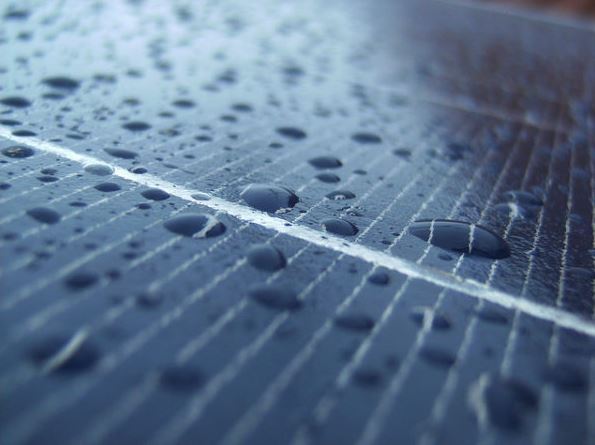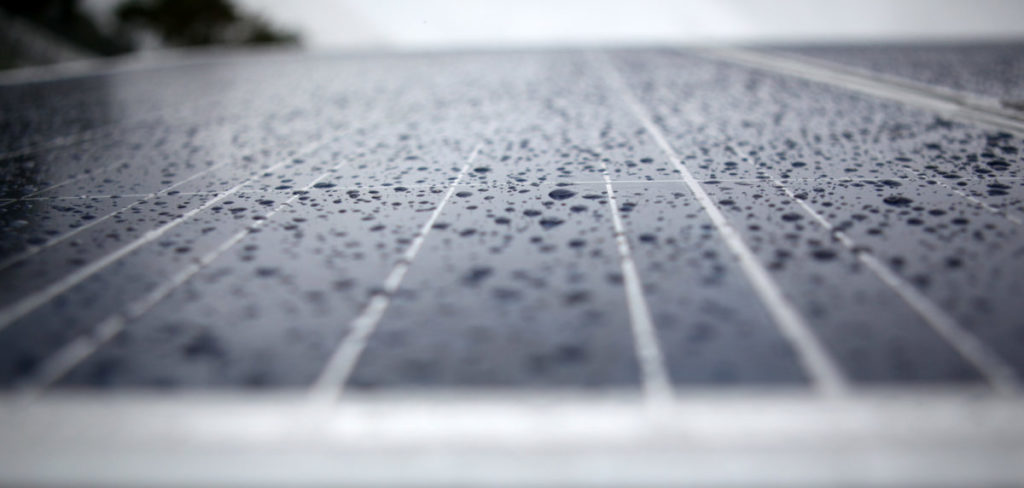Large solar plants can act as a “rainmaker”

Large solar plants can act as a rainmaker: a new modeling study claims that their large-scale deployment in the Arabian Red Sea coastal plain could dramatically increase rainfall in this arid part of the world, even double it.
There is growing interest in the idea of artificially increasing rainfall in the Arabian Peninsula, through techniques such as cloud seeding. There is a lot of water in the air in the region because the Red Sea loses 0.7 teratons of water each year through evaporation, which is equivalent to almost 8% of the mass of all the water vapor in the Earth’s atmosphere. On the Red Sea coast, sea breezes circulate this water over land, but it hardly falls as rain. Instead, it is transported south toward the equator and the central Indian Ocean.
Georgiy Stenchikov, an expert in climate and atmospheric modeling at King Abdullah University of Science and Technology in Saudi Arabia, wondered how changing surface albedo – the reflectivity of the earth – in the region would affect water transport, and whether could change rain patterns.
In their latest article “Sea Breeze Geoengineering to Increase Rainfall over the Arabian Red Sea Coastal Plains,” published in the Journal of Hydrometeorology and collected by the American Meteorological Society , Stenchikov and colleagues performed a series of numerical simulations on a regional research model. and weather forecast. They focused on three scenarios: extensive forest plantation, albedo increase, and albedo decrease.
Change reflectivity to generate rain
Simulations show that afforestation and increased surface albedo along the Arabian Red Sea coastal plain would reduce rainfall. The region’s sea breezes are driven by the horizontal thermal contrast between land and sea. The warmer land and the cooler sea create a pressure gradient that pushes moist sea air toward the land. Models show that afforestation and a more reflective surface cool the land, which dampens sea breezes and reduces the movement of water vapor from the sea to the land.
On the other hand, solar panels are known to alter the energy balance of the surface by absorbing solar energy and heating up. The simulations carried out by the researchers show that the deployment of large photovoltaic plants could change the reflectivity of the terrain enough to alter the circulation of air on the coast: “We found that the expansion of afforestation and the increase in surface albedo did not they are effective in triggering rainfall over coastal plains. In contrast, lowering surface albedo to 0.2, assuming installation of solar panels over coastal plains, increases surface air temperature by 1-2 K, reinforcing horizontal surface temperature differences between the sea and land, intensifies the breezes, increases the mixing ratio of water vapor in the boundary layer above 3 km by about 0.5 g kg-1, improves vertical mixing within the planetary boundary layer, and generates 1.5 gigatonnes of additional rainwater , equivalent to the annual consumption of five million people. Thus, this form of regional geoengineering of the earth’s surface, coupled with advanced methods of freshwater collection and underground storage, offers a feasible solution to mitigate the existing water crisis in arid coastal regions.
Although idealized, the team claims that their research points to the feasibility of reclaiming freshwater from sea breezes by geoengineering the Earth’s surface.

